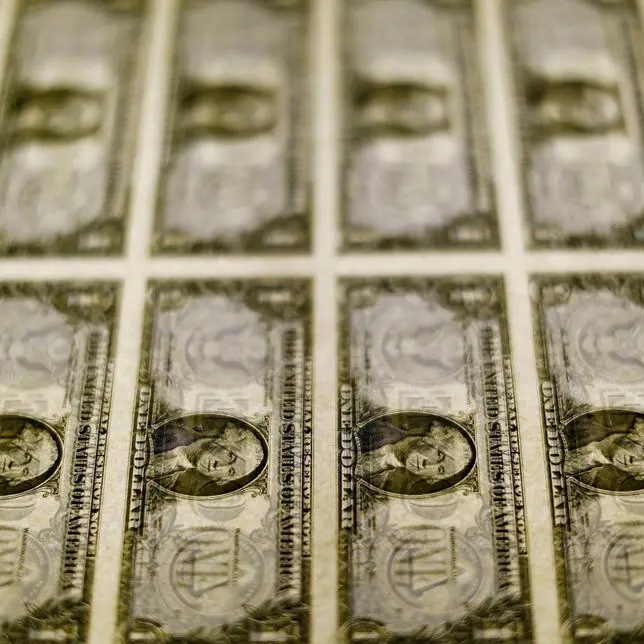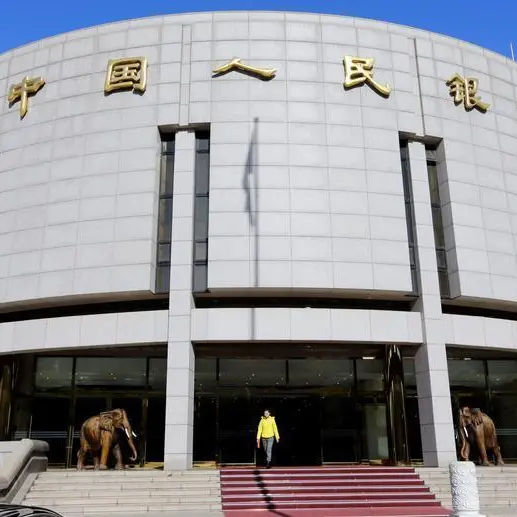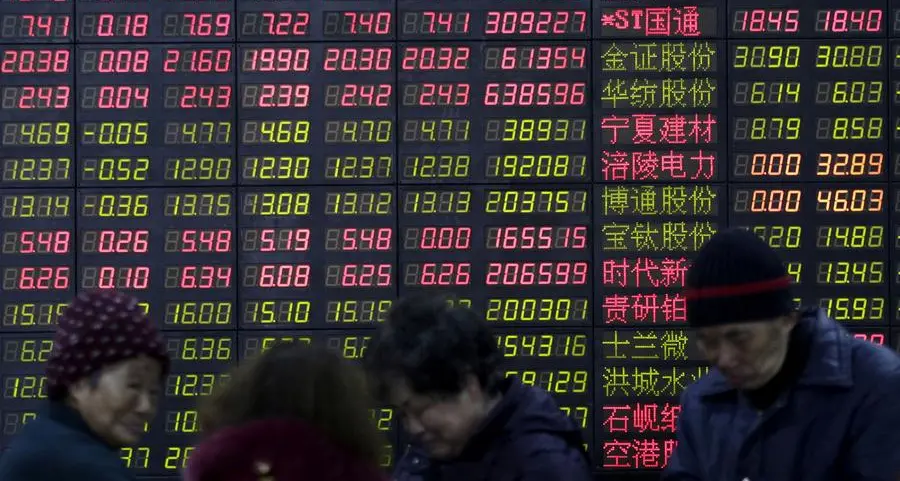PHOTO
WASHINGTON, DC – In the first quarter of 2024, GDP in the United States grew at an annual rate of 1.6% – nearly a percentage point slower than expected. At the same time, core inflation remained higher than anticipated, with consumer prices (excluding energy and food) increasing at an annual rate of 3.7%, up from 2% in the fourth quarter of 2023.
At the time of writing, stock prices are falling and bond yields are climbing on the expectation that the US Federal Reserve will deliver only one interest-rate cut in 2024. This represents a remarkable shift from the end of 2023, when markets expected the Fed to lower rates six times in 2024. Over the first quarter of this year, investors slashed their bets on rate cuts to make way for the view that strong growth and stickier inflation would persist. Now, there is evidence of slowing growth and high inflation, a combination that has prompted some investors and analysts to warn of stagflation.
How should we connect the dots? Is the US economy still booming? Or should we be concerned about a period of slow growth and high inflation?
First, look under the hood of headline GDP growth and you will see that the economy was, in fact, strong in the first quarter of this year. Various volatile factors pulled down the headline number: imports outpacing exports, the change in inventories from the previous quarter, and a smaller boost offered by government spending compared to last year.
But the core of the US economy is consumer spending, which has been above its pre-pandemic trend since 2021 and, according to my calculations, was around 1% higher last quarter than pre-pandemic forecasts suggest. On a year-on-year basis, real consumer spending grew at an annual rate of 2.4% last quarter and is not trending down.
Strong aggregate consumer spending is being driven partly by increases in wealth that are overpowering the effect of higher interest rates. Since the Fed’s interest-rate-setting committee met in November, the S&P 500 is up 20%. Moreover, rising home values – and many homeowners’ feeling that they won the lottery by locking in low mortgage rates prior to 2022 – are providing an additional boost.
Resilient household spending is slowing the process of bringing labor demand back into balance with the supply of workers. In the first quarter of 2024, there were 1.4 job vacancies for every unemployed worker, and the unemployment rate was below 4%. Labor-market tightness is leading to rapid wage growth: wages increased last quarter at rates inconsistent with the Fed’s 2% inflation target. These data support the view that the economy is stronger than the headline GDP growth rate suggests.
How can financial conditions be so loose, consumer spending so buoyant, and the labor market so tight when the federal funds rate has been above 5% for the past 12 months?
This is less of a puzzle than meets the eye. If one takes a longer view, it becomes clear that higher interest rates have slowed the economy. The Fed began raising rates 25 months ago. In 2021, the economy was adding around 600,000 net new jobs each month; that fell to 400,000 in 2022, and even further, to around 225,000, in 2023. Likewise, underlying inflation has fallen from around 5.5% in early 2022 to around 3% today.
But while a federal funds rate of 5.3% is sufficient to cool the economy from its white-hot state in 2022, it is likely not as restrictive as many economists think or than it would have been prior to the pandemic. Even though members of the Fed’s rate-setting committee believe that the so-called “neutral rate” is near 2.6% – around half the current policy rate – it has almost surely increased, probably by a substantial margin. This implies that monetary policy is less restrictive than it may seem.
As I wrote in early March, the economy has not landed. The first-quarter GDP report, which shows that consumer spending remained strong, supports this view. Moreover, a soft landing, while still possible, was never likely and looks increasingly unlikely. The Fed will be forced to keep interest rates higher for longer; its first cut probably won’t come until November at the earliest.
While current rates are not sufficiently restrictive to expeditiously push core inflation back to the Fed’s target, they are high enough to create cracks in the economy. Credit-card delinquencies for low-income borrowers are elevated and rising, and annual growth in core capital goods orders is near 0%.
As the economy normalizes from the pandemic, standard economic relationships are reasserting themselves. That means beating inflation will likely require an increase in the unemployment rate, which is already around 40 basis points above its post-pandemic low.
The underlying economy is booming, and monetary policy is inadequately restrictive. The prospect that taming price pressures may require a mild downturn is more worrying than stagflation.
Michael R. Strain, Director of Economic Policy Studies at the American Enterprise Institute, is the author, most recently, of The American Dream Is Not Dead (But Populism Could Kill It) (Templeton Press, 2020).
Copyright: Project Syndicate, 2024.
www.project-syndicate.org












